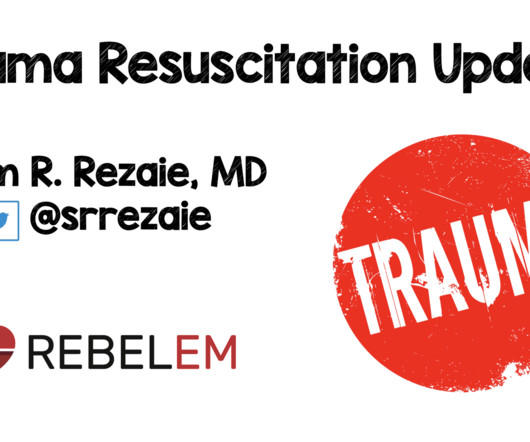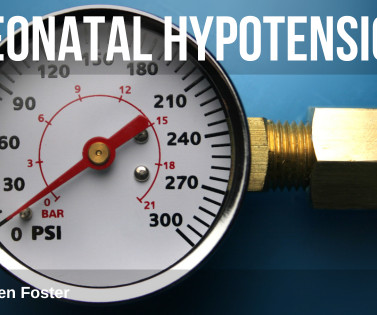A Beginner’s Guide to Vasoactive Drug use in Children with Septic Shock
Don't Forget the Bubbles
NOVEMBER 27, 2023
Four-year-old Ed is being resuscitated for presumed Invasive Group A Streptococcal Sepsis from tonsilitis. Obviously, one also needs to address the cause of the shock, or any efforts in resuscitation will only bring a temporary improvement. So, fluid has been tried but has not got close to fixing the problem.


















Let's personalize your content